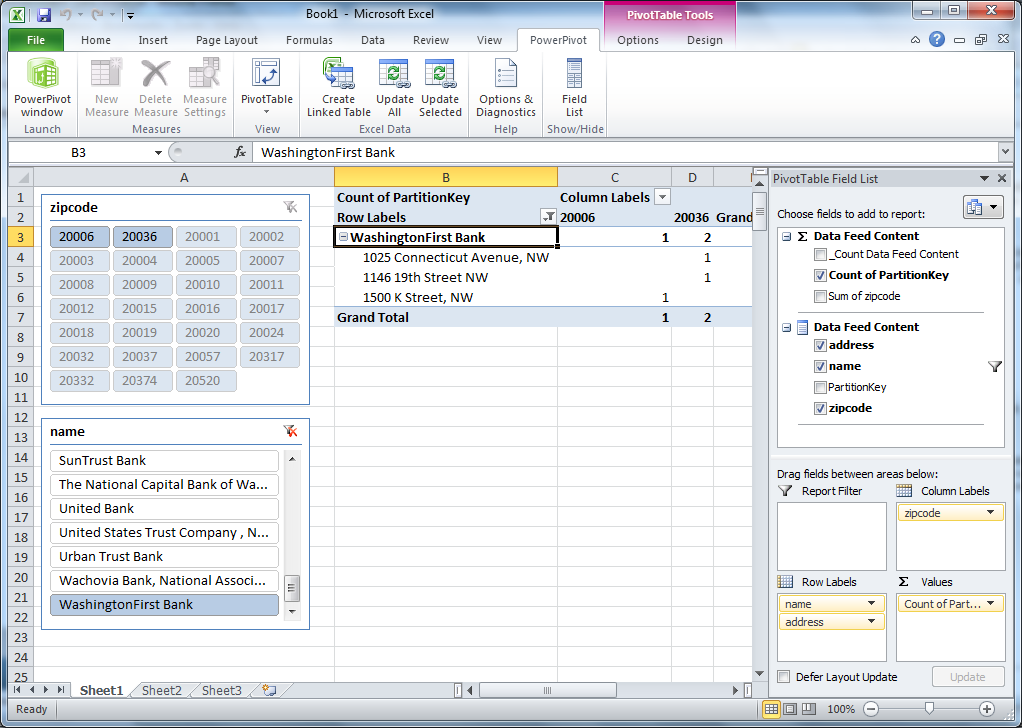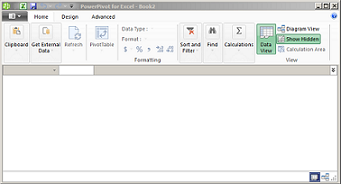

How Did We Get Here? And What’s Power BI? “Bring the power of data to every user in your organization”

In your Office 365 Message Center, you might have seen this message on the right. Honestly I believe it’s for the better, but there are a few things that still haven’t come to fruition. I’ve been wondering when this would happen for quite a while now, and its finally happened. It had a good run, but Microsoft is finally killing off the initial iteration of Power BI to let its new service move in and run the show.
munge your data (add columns, whatever)As it happens with Microsoft products, there are two competing versions of the same thing and eventually one gets phased out. go back to excel and then go to powerpivot with the "Manage Data Model" button. Use the option to just add it to the Data Model. goto powerquery and import the data you want to munge. 
With the new Power Query Update you can pull the data into the Data Model with out having to also copy it to the Works sheet. The July 2014 update to Power Query (pushed out at the end of Aug) simplifies the answer. (the link continues on and you should read that as it's interesting but at this point you should have powerpivot query with your modification as a table in your workbook)
back to Excel, select the data tab, click on Existing connections and select Tables: and then pick a table from your query. also add any columns that you want ( for me, this is want I wanted that I wanted to be reflected back in the workbook). (you won't really use this but this seems to change the query to this table so that you can use DAX) something like: NRofOrders:=COUNTROWS(values(FactResellerSales))+0 go back to powerpivot with the "Manage Data Model:. when prompted at the "import data" window, pick pivot report (you won't really use this). Key here is to select the checkbox “Enable selection of multiple tables”. goto powerpivot and "import from and external source" the data you want to munge and bring back into the workbook as a table. 
This assumes you have powerpivot installed. I found this answer: link which I will try and summarize with out cutting and pasting to much.








 0 kommentar(er)
0 kommentar(er)
